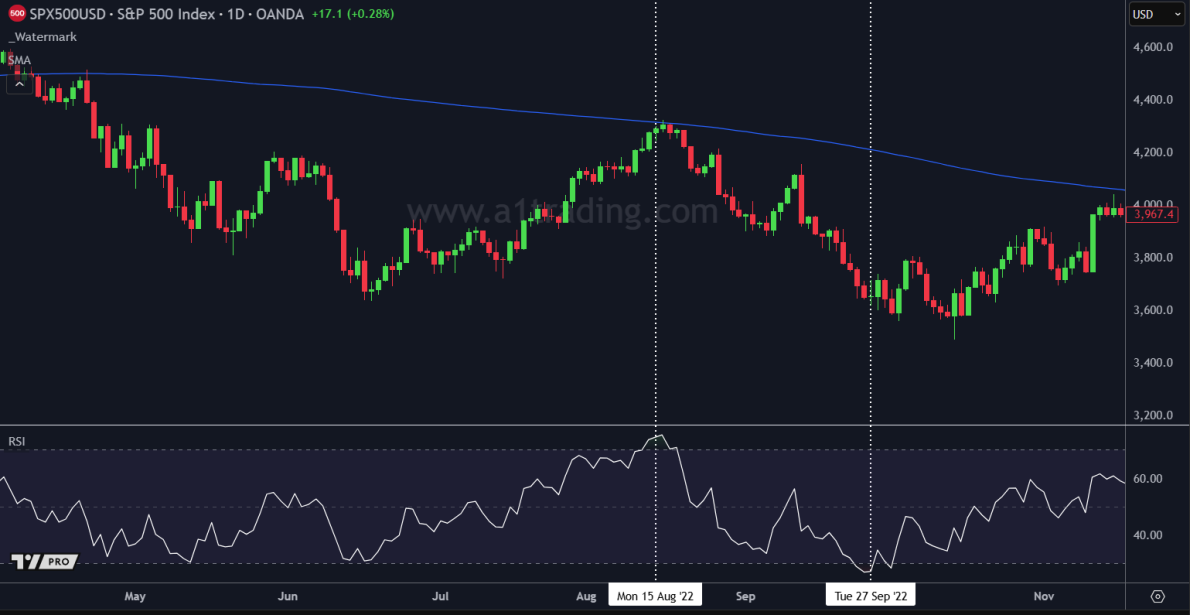RSI is calculated by analyzing the average gain and average loss over a specific period, most commonly set at 14 days. This calculation places the current price on a scale from 1 to 100. For example, a 14-day RSI measures the strength or weakness of the price movements within those 14 days.
This scale helps traders:


